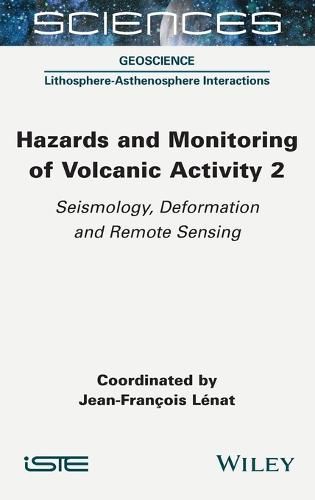Readings Newsletter
Become a Readings Member to make your shopping experience even easier.
Sign in or sign up for free!
You’re not far away from qualifying for FREE standard shipping within Australia
You’ve qualified for FREE standard shipping within Australia
The cart is loading…






The impact of natural disasters has become an important and ever-growing preoccupation for modern societies. Volcanic eruptions are particularly feared due to their devastating local, regional or global effects. Relevant scientific expertise that aims to evaluate the hazards of volcanic activity and monitor and predict eruptions has progressively developed since the start of the 20th century. The further development of fundamental knowledge and technological advances over this period have allowed scientific capabilities in this field to evolve.
Hazards and Monitoring of Volcanic Activity groups a number of available techniques and approaches to render them easily accessible to teachers, researchers and students.
This volume sets out different surveillance methods, starting with those most frequently used: seismic surveillance and deformation. It then examines surveillance by remote sensing from ground, air and space, methods that exemplify one of the most spectacular advances in this field in recent times.
$9.00 standard shipping within Australia
FREE standard shipping within Australia for orders over $100.00
Express & International shipping calculated at checkout
The impact of natural disasters has become an important and ever-growing preoccupation for modern societies. Volcanic eruptions are particularly feared due to their devastating local, regional or global effects. Relevant scientific expertise that aims to evaluate the hazards of volcanic activity and monitor and predict eruptions has progressively developed since the start of the 20th century. The further development of fundamental knowledge and technological advances over this period have allowed scientific capabilities in this field to evolve.
Hazards and Monitoring of Volcanic Activity groups a number of available techniques and approaches to render them easily accessible to teachers, researchers and students.
This volume sets out different surveillance methods, starting with those most frequently used: seismic surveillance and deformation. It then examines surveillance by remote sensing from ground, air and space, methods that exemplify one of the most spectacular advances in this field in recent times.